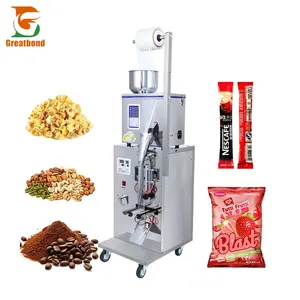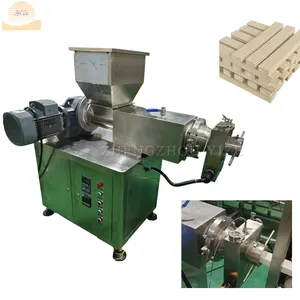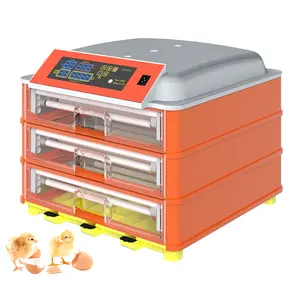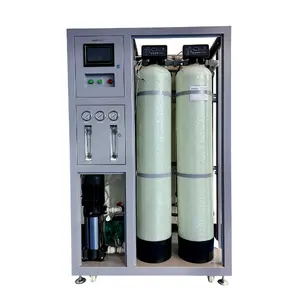Popular in your industry
































































Top categories
About dehumidifier desiccant rotor
Introduction to Dehumidifier Desiccant Rotor
The dehumidifier desiccant rotor is a crucial component in industrial and commercial dehumidifiers. It plays a vital role in removing moisture from the air, making it ideal for applications where low humidity levels are required, such as in pharmaceutical production, food processing, and storage facilities.
Technical Specifications
Desiccant rotors used in dehumidifiers are typically made of silica gel or other desiccant materials. These rotors are designed to efficiently absorb moisture from the air when it passes through them. The dehumidifier desiccant rotor is characterized by its high moisture absorption capacity, long service life, and low maintenance requirements.
Types of Desiccant Rotors
There are various types of desiccant rotors available in the market, each designed for specific applications and performance requirements. Some common types include recovery wheel desiccant rotors, honeycomb desiccant rotors, and silica gel desiccant rotors. These different types offer varying levels of moisture absorption efficiency and durability.
Advantages of Using Desiccant Rotors in Dehumidifiers
Utilizing desiccant rotors in dehumidifiers offers several advantages. These include high dehumidification efficiency, energy savings compared to refrigeration-based dehumidifiers, precise control over humidity levels, and the ability to operate effectively in low-temperature environments. Additionally, desiccant rotors are environmentally friendly and do not emit greenhouse gases.
Features of Dehumidifier Desiccant Rotors
The dehumidifier desiccant rotor is engineered with advanced features to ensure optimal performance. These features may include a corrosion-resistant coating for durability, a high surface area for enhanced moisture absorption, and a robust frame for structural integrity. Moreover, some desiccant rotors are designed for easy installation and maintenance.
Use Scenarios for Desiccant Rotors
Desiccant rotors are widely used in various industries and applications where controlling humidity levels is critical. For example, they are commonly employed in pharmaceutical manufacturing facilities to maintain stringent humidity requirements for production processes. Additionally, desiccant rotors find applications in archival storage facilities to preserve sensitive documents and artifacts.
Choosing the Right Desiccant Rotor
When selecting a dehumidifier desiccant rotor for your specific application, several factors should be considered. These include the required dehumidification capacity, operating conditions such as temperature and airflow, space limitations, and maintenance requirements. Consulting with a knowledgeable supplier can help you choose the most suitable desiccant rotor for your needs.
Maintenance of Desiccant Rotors
Proper maintenance is essential to ensure the longevity and efficiency of desiccant rotors in dehumidifiers. Regular inspections, cleaning, and replacement of worn-out components are recommended to prevent performance degradation. Following the manufacturer's maintenance guidelines and scheduling routine servicing can help optimize the performance of the desiccant rotor.
In conclusion, the dehumidifier desiccant rotor is a critical component in industrial dehumidification systems, offering high efficiency and precise control over humidity levels. Understanding the technical specifications, types, advantages, features, and maintenance requirements of desiccant rotors is essential for businesses looking to invest in reliable dehumidification solutions.




























